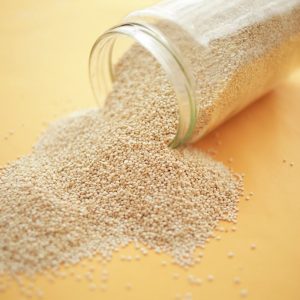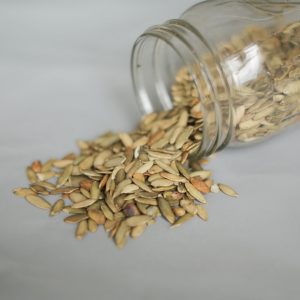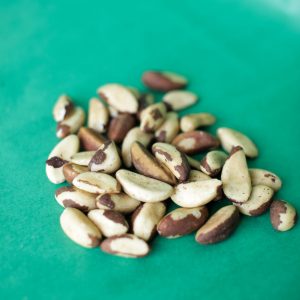Bread has been a world-wide staple for generations.
It comes in all different shapes and sizes, from sourdough to whole grain and everything in between. Generally speaking, bread is made through a combination of flour and water. The particular type of flour used depends upon the specific type of bread you’re looking to make.
As a food item, bread has been particularly controversial in terms of health over the past few years. While certain types of bread may be a bit more nutrient dense than others, in the absence of an intolerance or allergy bread can be a viable component to a healthy diet.
Health Benefits of Bread:
While all forms of bread are a form of carbohydrate and therefore energy, certain types have a greater nutrient profile than others. Just as is the case with white rice, white breads have the husk, bran and germ removed. This means they’re lacking quite a few nutrients that whole grains have. Because whole grain, whole wheat and sprouted grain breads are indeed whole grains, they have quite a few health benefits associated with them.
Regular consumption of whole grains has been known to decrease your risk of diabetes, heart disease and some cancers. More specifically, they’re often associated with stabilized blood sugar levels as well as optimal GI motility due to their fiber content. Whole grains even have a higher content of protein as opposed to white bread varieties.
Nutrient Breakdown of Bread:
*Per 1 slice whole grain bread
- Carbohydrates | 12g
- Protein | 4g
- Fat | 0g
- Manganese | 30% DV
- Selenium | 16% DV
How To Use:
The possibilities are endless for bread! You can make a sandwich, tartine, panini or even croutons. You can toast it and top it with chia seed jam or nut butter, or maybe some avocado and egg! It’s also great with cashew cream cheese and hummus.
Recipes:
NS Recommends
Opt for whole grain, sprouted grain or whole wheat varieties as much as you can to optimize your nutritional intake. You can also try making your own bread at home using one of the recipes listed above!





















































































